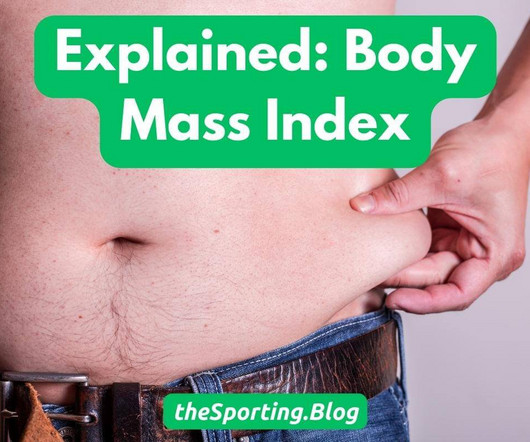Add Movement to the School Day to Boost Student Physical Activity and Learning
SHAPE America
OCTOBER 10, 2023
If we pause to take a panoramic view of our current landscape, we are reminded that our country has an obesity epidemic, rise in hypokinetic diseases, as well as mental health concerns. There are also a record number of kids with social-emotional-behavioral conditions. They perform better on standardized and functional assessments.

















Let's personalize your content